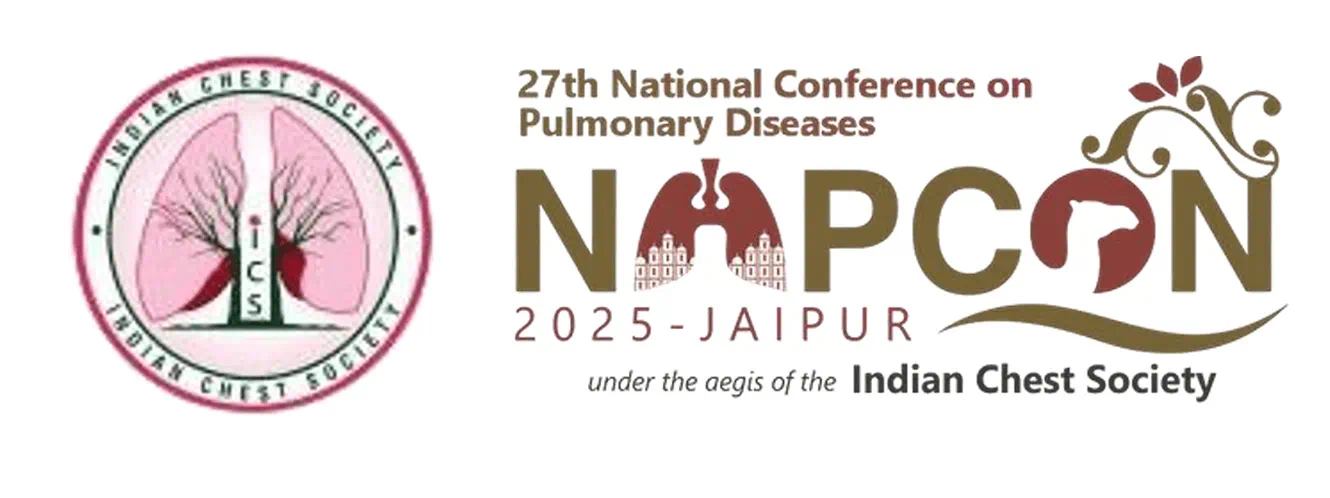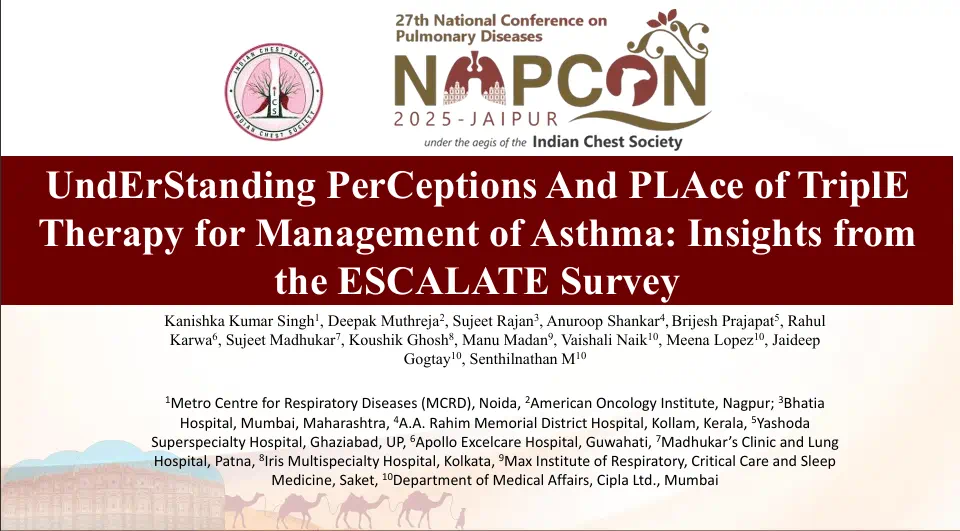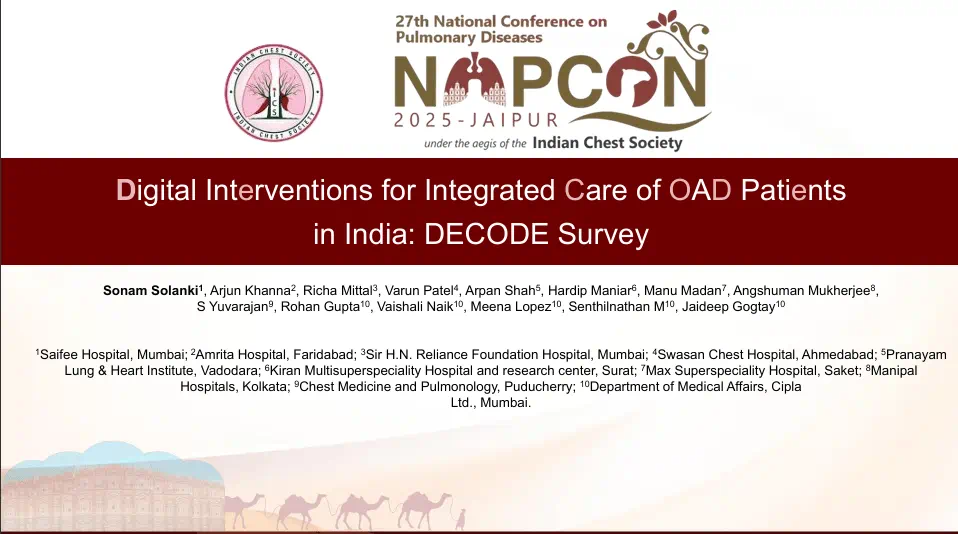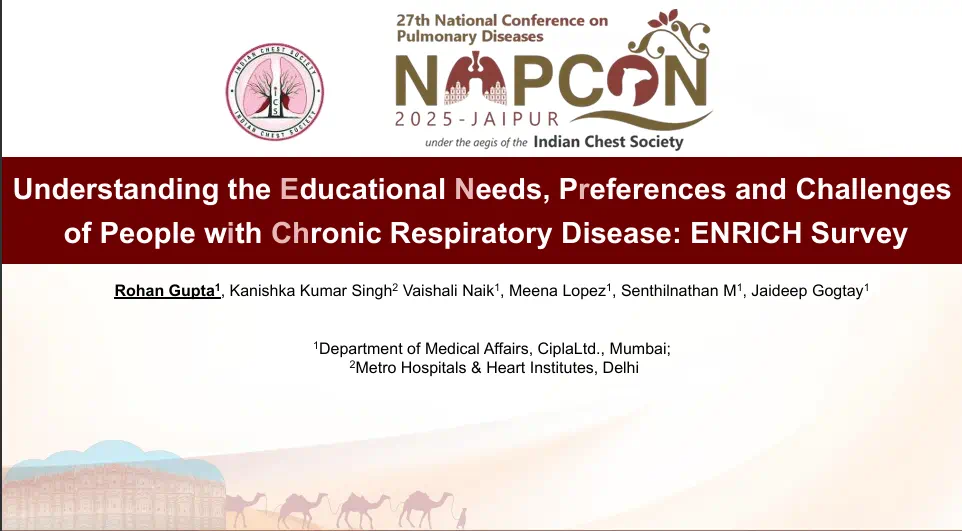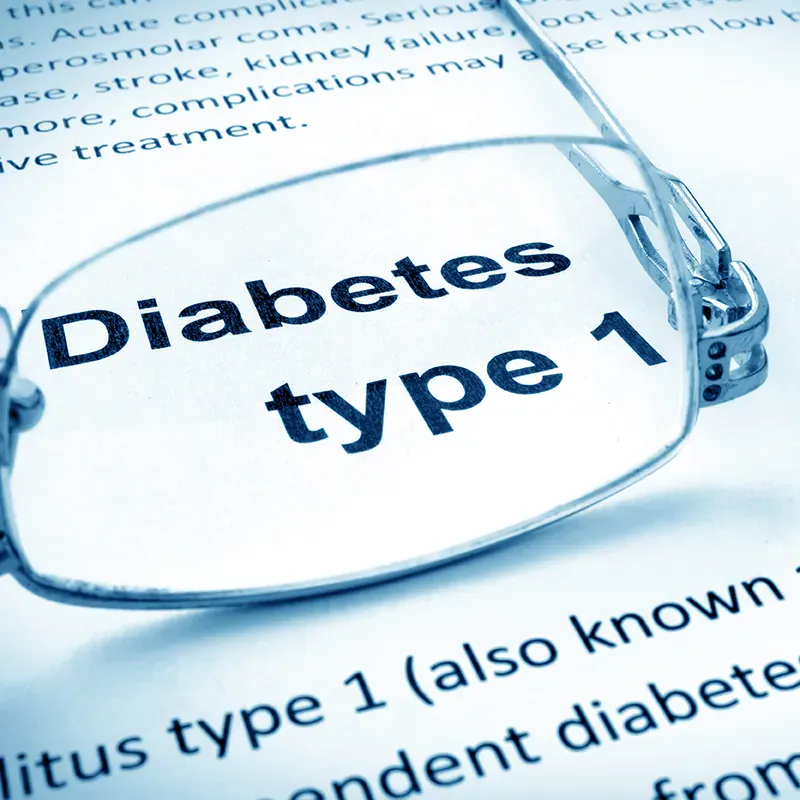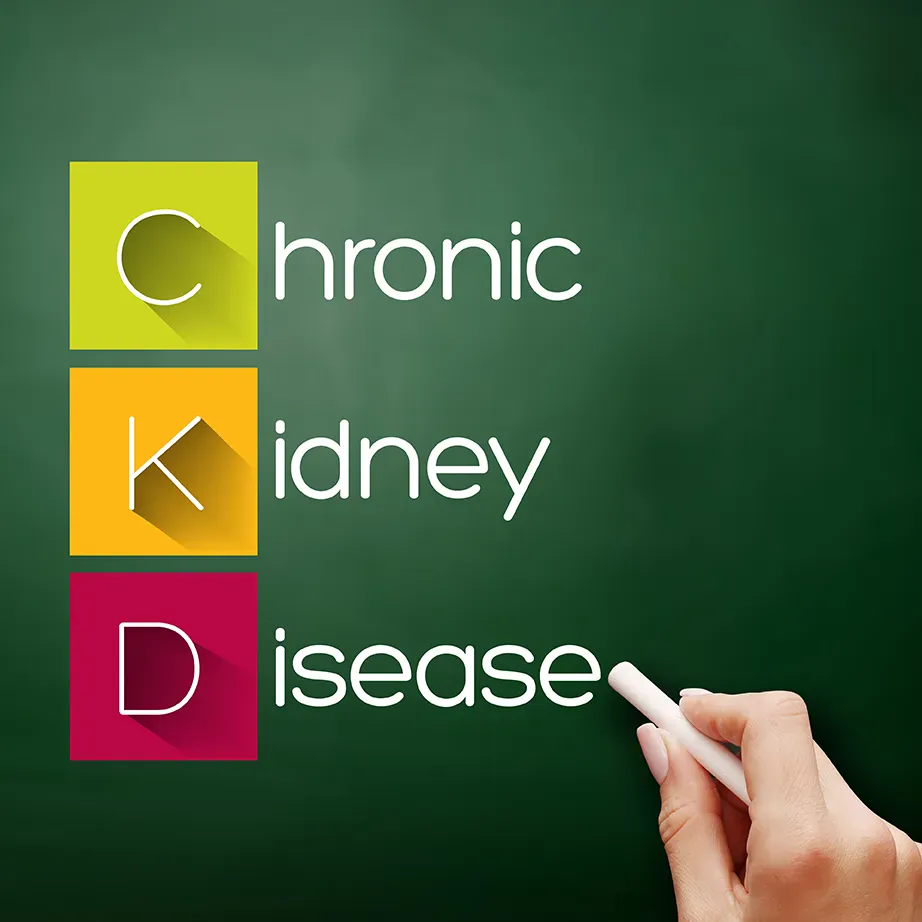Impact of Micronized Fenofibrate on Type-2 Diabetes-Associated Microvascular Complications
Background
Type-2 diabetes mellitus (T2DM) is associated with various macro and microvascular complications. Although several therapeutic options are available to manage the T2DM-associated macrovascular complications, there are not many therapeutic options to effectively tackle the microvascular complications. Fenofibrate, a lipid regulating drug is known to prevent the progression of microvascular complications in T2DM. Micronized formulation of fenofibrate was introduced to improve its bioavailability. So far no systematic review has summarized the effect of micronized fenofibrate in T2DM patients.
Aim
To evaluate the effects of micronized fenofibrate on T2DM-related microvascular complications.
Patient Profile
- Patients with T2DM
Method
Study Design
- Systematic review
Study Selection
- Studies that determined the effects of micronized fenofibrate on microvascular complications including; retinopathy, nephropathy, and neuropathy in T2DM patients and published in english language were included
Study Characteristics
- Thirteen studies were included in the systematic review. Of these, 4 studies reported retinopathy outcomes, 7 studies reported nephropathy outcomes, 1 trial included retinopathy and nephropathy outcomes, and 1 trial reported neuropathy outcomes.
- Given below are the main characteristics and results of the studies included in the review
Studies Focusing on Diabetic Retinopathy
The FIELD Study
Patient Characteristics
- T2DM patients with total cholesterol (TC) 3–6.5 mmol/L, (116-250 mg/dl) and either TC/ high density lipoprotein-cholesterol (HDL-C) ≥ 4 or triglyceride (TG) 1–5 mmol/L (88.8-442 mg/dl) with no clear indication for, or treatment with, lipid-modifying therapy at study entry (n=9795)
Treatment and Duration
- Fenofibrate; 200 mg (n=4895) or placebo (n=4900), duration; 5 years
Outcomes of Interest Included in this Analysis
- The progression of retinal disease, laser treatment for DR
Results
- Fewer patients treated with fenofibrate required laser treatment for retinopathy as compared to those treated with placebo (178 vs. 253, difference between group; 1.6%, p=0.0003) over the duration of five years.
FIELD Study Analysis
Patient Characteristics
- Same as FIELD study
Treatment and Duration
- Same as FIELD study
Outcomes of Interest Included in this Analysis
- Occurrence of laser treatment for retinopathy
Results
- Fenofibrate treatment resulted in:
- 31% reduction in first laser treatment for any retinopathy (HR; 0.69, p = 0.0002)
- 31% reduction for first laser treatment for any maculopathy (HR; 0.69, p = 0.002)
- 30% reduction in first laser treatment for proliferative diabetic retinopathy (PDR) (HR; 0.70; p = 0.015)
- 37% reduction in total laser treatments (HR; 0.63; p = 0.0003)
- 36% reduction in total laser treatments for maculopathy (HR; 0.64; p = 0.003)
- 38% reduction in total laser treatments for PDR (HR; 0.62; p = 0.009)
FIELD Ophthalmology Sub-study
Patient Characteristics
- Participants (n = 1012) without evidence of clinically significant retinopathy (proliferative or nonproliferative disease), diabetic macular edema (DME), or history of laser treatment for DR at baseline
Results
- Fenofibrate treatment resulted in:
- 79% reduction in the need for laser treatment (1% vs. 4.6%; HR: 0.21, 95% CI: 0.08
- Significantly reduced the incidence of two-step Early Treatment Diabetes Retinopathy Study (ETDRS) progression of retinopathy in patients with preexisting DR (3.1% vs. 14.6%; p = 0.0004)
- 34% reduction in the risk of composite end point of any two-step progression of retinopathy grade, development of DME or one or more laser treatments (HR 0.66; 95% CI: 0.47,0.94; p = 0.022)
ACCORD Eye Study
Patient Characteristics
- T2DM patients with no history of PDR that required laser photocoagulation or vitrectomy at baseline (n=1593)
Treatment and Duration
- Fenofibrate 160 mg + simvastatin (n = 806); placebo + simvastatin (n = 787), duration; 4 years
Results
- 40% reduction in DR progression with fenofibrate treatment (adjusted odds ratio (OR); 0.60; p = 0.006)
- Benefit of fenofibrate was greater in patients with evidence of retinopathy at baseline versus no retinopathy at baseline
ACCORD Eye Study Analysis
This exploratory analysis of the ACCORD Eye study tracked the ≥3 steps of progression on the ETDRS scale or treatment of retinopathy with photocoagulation
Results
- Retinopathy progression in patients at step 1 of the ETDRS scale was evident (6.2% patients in fenofibrate group vs. 5.9% in placebo group (OR: 1.12; p = 0.72)
- The combined corresponding proportions in patients at higher steps were 5.9% vs. 13.3%(p value for interaction; 0.0092) : OR; 0.27 (for patients in steps 2–4; p = 0.0009), OR; 0.41, p = 0.09 (for patients in steps 5 and 6), and OR; 0.44 (for patients in steps 7–9; p = 0.21)
- Fenofibrate did not provide any treatment benefit in terms of development of any retinopathy (p ≥ 0.2), morphological ocular outcomes, visual acuity, or occurrence of cataract surgery
MacuFen Study
Patient Characteristics
- T2DM patients with diabetic macular edema (DME) not requiring immediate photocoagulation or intraocular treatment, and having TG; 89–500 mg/dL at baseline or in the previous 3 months (in case of concomitant lipid lowering treatment with fibrate); N = 110
Treatment and Duration
- Fenofibric acid 135 mg (n = 57); placebo (n = 53) for 1 year
Outcomes of Interest Included in this Analysis
- Total macular volume (TMV) obtained as sum of retinal sub volumes in the nine retinal zones
Results
- Significant reduction in TMV in worse eye after 1 year with fenofibric acid (from 8.54 to 8.19; p = 0.019) vs. placebo (from 8.57 to 8.47; p= 0.496)
- Fenofibric acid resulted in significant within group change in TMV from baseline (-0.34 mm3 p < 0.001) vs. placebo (-0.13 mm3; p=0.364)
Studies Focusing on Diabetes Nephropathy
DAIS Study
Patient Characteristics
- T2DM patients with urinary albumin measurements available (n=314)
Treatment and Duration
- Fenofibrate 200 mg (n = 155); placebo (n = 159), duration 38 months
Outcomes of Interest Included in this Analysis
- Influence of treatment on changes in urinary albumin excretion
Results
- Fewer patients treated with fenofibrate had progression of urinary albumin excretion vs. placebo (8% vs. 18%; p <0.05)
FIELD Washout Sub-study
Patient Characteristics
- FIELD participants who gave consent for this sub-study (n=661)
Treatment and Duration
Fenofibrate 200 mg (n = 326); placebo (n = 335), duration; 8-weeks washout period after treatment cessation at FIELD study close out
Outcomes of Interest Included in this Analysis (tertiary outcome of the main Field Study)
- Progression of renal disease
Results
- Fenofibrate resulted in a lower 5-year fall in estimated glomerular filtration rate (eGFR) vs. placebo (1.9 mL/min/ 1.73 m2; p = 0.065 vs. 6.9 mL/min/1.73 m2; p < 0.001) resulting into an average eGFR sparing of approximately 1 mL/min/1.73 m2 annually with fenofibrate
- Use of fenofibrate was associated with reduced albuminuria progression and preserved eGFR despite initial increase in plasma creatinine
FIELD Helsinki Sub-study
Patient Characteristics
- FIELD participants recruited at the Helsinki center
Treatment and Duration
- Fenofibrate 200 mg (n = 87); placebo (n = 83), duration; 5 years
Outcomes of Interest Included in this Analysis
- Effect of treatment on several markers of albuminuria and renal function, including cystatin C
Results
- Fenofibrate treatment resulted in significantly higher serum creatinine levels vs. placebo (87 vs. 75 ?mol/L; p < 0.001). Though, urine creatinine concentrations were comparable between the groups
- The 24-hour urine protein excretion, albumin excretion rate, or albumin/creatinine ratio between the treatment groups did not differ significantly
FIELD Study Analysis
Patient Characteristics
- Same as FIELD study
Treatment and Duration
- Same as FIELD study
Outcome of Interest Included in this Analysis
- Effect of fenofibrate across three pre-specified eGFR groups (i.e. ≥90, 60–89 and 30–59 mL/min/1.73 m2)
- Serious adverse events and instances of end stage renal disease ([ESRD]; plasma creatinine >400 ?mol/L, dialysis, renal transplant, or renal death)
Results
- No significant differences were observed in the incidence of ESRD events in the fenofibrate vs. placebo group overall, and within any category of eGFR.
ACCORD Lipid Study
Patient Characteristics
- ACCORD participants (n=5518) with following lipid criteria:
- Low-density lipoprotein-cholesterol (LDL-C): 60–180 mg/dL,
- HDL-C <55 mg/dL (women or black people) or <50 mg/dL (others)
- TG <750 mg/dL if not on lipid therapy or <400 mg/dL if on lipid therapy;
Treatment and Duration
- Fenofibrate 160 mg, subsequently adjusted as per eGFR + simvastatin (n = 2765); placebo + simvastatin (n = 2753), duration; 4.7 years for primary outcome, 5 years for total death rates
Outcomes of Interest Included in the Analysis
- Major cardiovascular (CV) event (nonfatal MI, nonfatal stroke, or death from CV causes)
Results
- Fenofibrate treatment resulted in:
- No difference in the incidence of ESRD or hemodialysis (75 vs. 77)
- Significantly lower incidence of both microalbuminuria and macroalbuminuria [38.2 vs. 41.6% (p = 0.01) and 10.5 vs. 12.3% (p = 0.04), respectively]
ACCORD Renal Ancillary Study
Patient Characteristics, Treatment and Duration
ACCORD participants (n=1081), included at the close-out visit of the ACCORD lipid trial.
- Patients were divided into following 3 categories:
Fenofibrate Case Subjects
- Participants (n = 321) with ≥20% increase in the serum creatinine from baseline to 4 months while taking fenofibrate at study closure.
Fenofibrate Control Subjects
- Active in the fenofibrate arm with a ≤2% increase in creatinine over the same period (n = 175)
Placebo Control Subjects (‘placebos’) –
- Patients (n = 564) randomized to placebo but without restriction on their change in serum creatinine, duration; 6–8 weeks after ACCORD lipid trial close-out visit
Results
- Case subjects had significantly higher creatinine levels (1.11mg/dL) and lower eGFR (68.4 ml/min/1.73 m2) than control and placebo group. But eGFR levels returned to placebo levels in 51 days after treatment discontinuation indicating no residual loss of GFR after 5 years of fenofibrate therapy
Studies Focusing on Diabetic Neuropathy
FIELD Study Analysis
Data of FIELD study was assessed to determine the impact of fenofibrate on lower-limb amputation.
- Use of fenofibrate was associated with:
- 37% reduction in the risk of any amputation vs. placebo (HR: 0.63; p = 0.04).
- 36% reduction in the risk of a first non-traumatic amputation vs. placebo (HR: 0.64; p = 0.02)
- 46% reduction in the risk of minor amputations vs. placebo ([those below the ankle], HR: 0.54; p = 0.007).
- 47% reduction in risk of minor amputations in patients without large vessel disease vs. placebo (HR: 0.53; p = 0.027).
- The risk of major amputations (those above the ankle) did not differ significantly between the two groups (24 vs. 26 events; HR: 0.93; p = 0.79).
Results of the Systematic Review
- Use of fenofibrate in T2DM patients with pre-existing retinopathy was associated with a significant 30-40% reduction in the progression of early DR.
- Type-2 diabetes mellitus patients who used fenofibrate also had a consistent reduction in the progression of urinary albumin excretion.
- As per one of the large-scale studies included in the review, use of fenofibrate was associated with a significant 47% reduction in the incidence of diabetes-related minor amputations.
Conclusion
- The existing evidence supports the early use of micronized fenofibrate as an adjunctive therapy in T2DM patients for the prevention of microvascular complications, particularly in patients with the first signs of the complication and during the initial stages of the disease.
Expert Opin Pharmacother. 2016; 17 (11): 1463-73.


